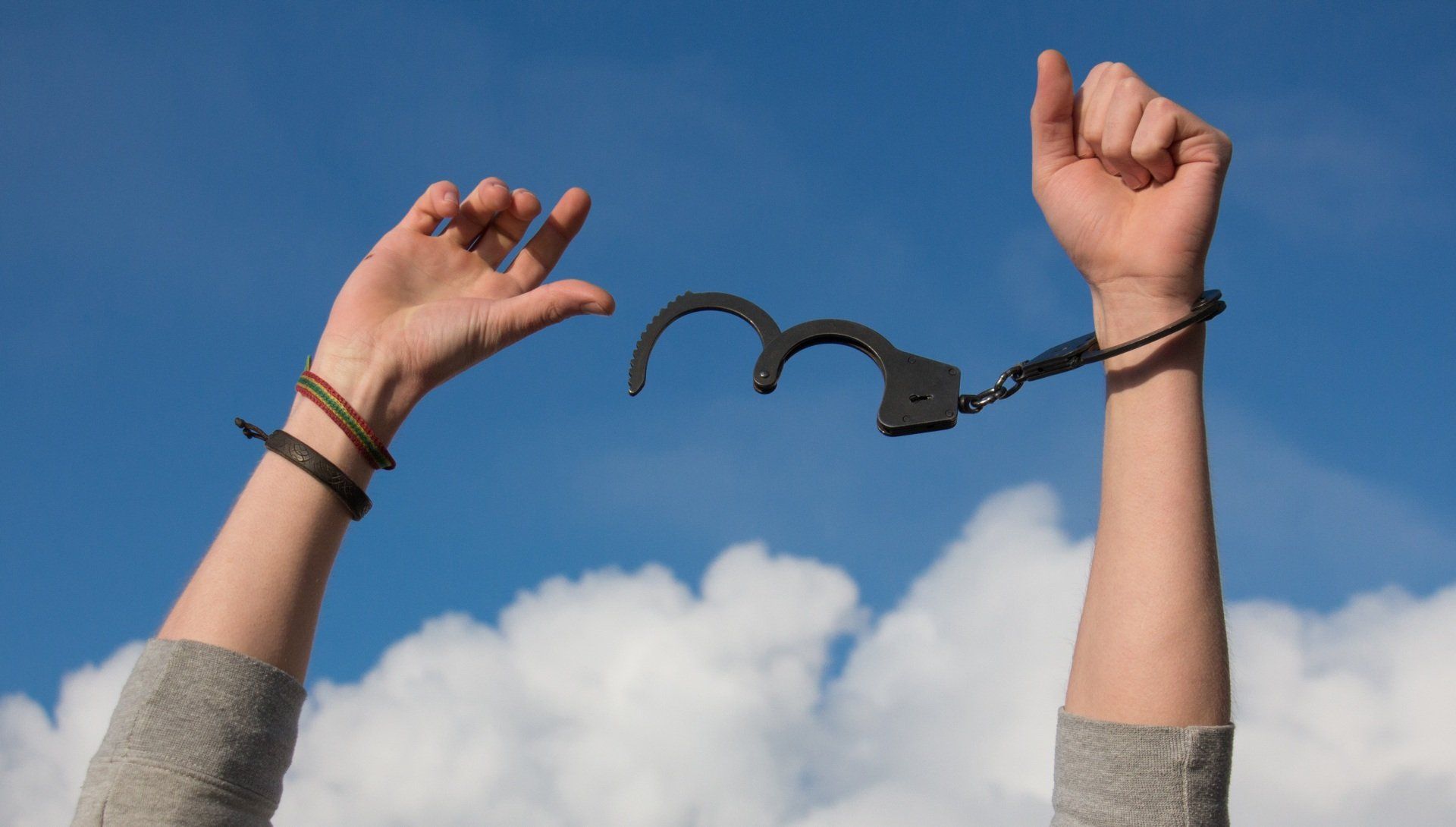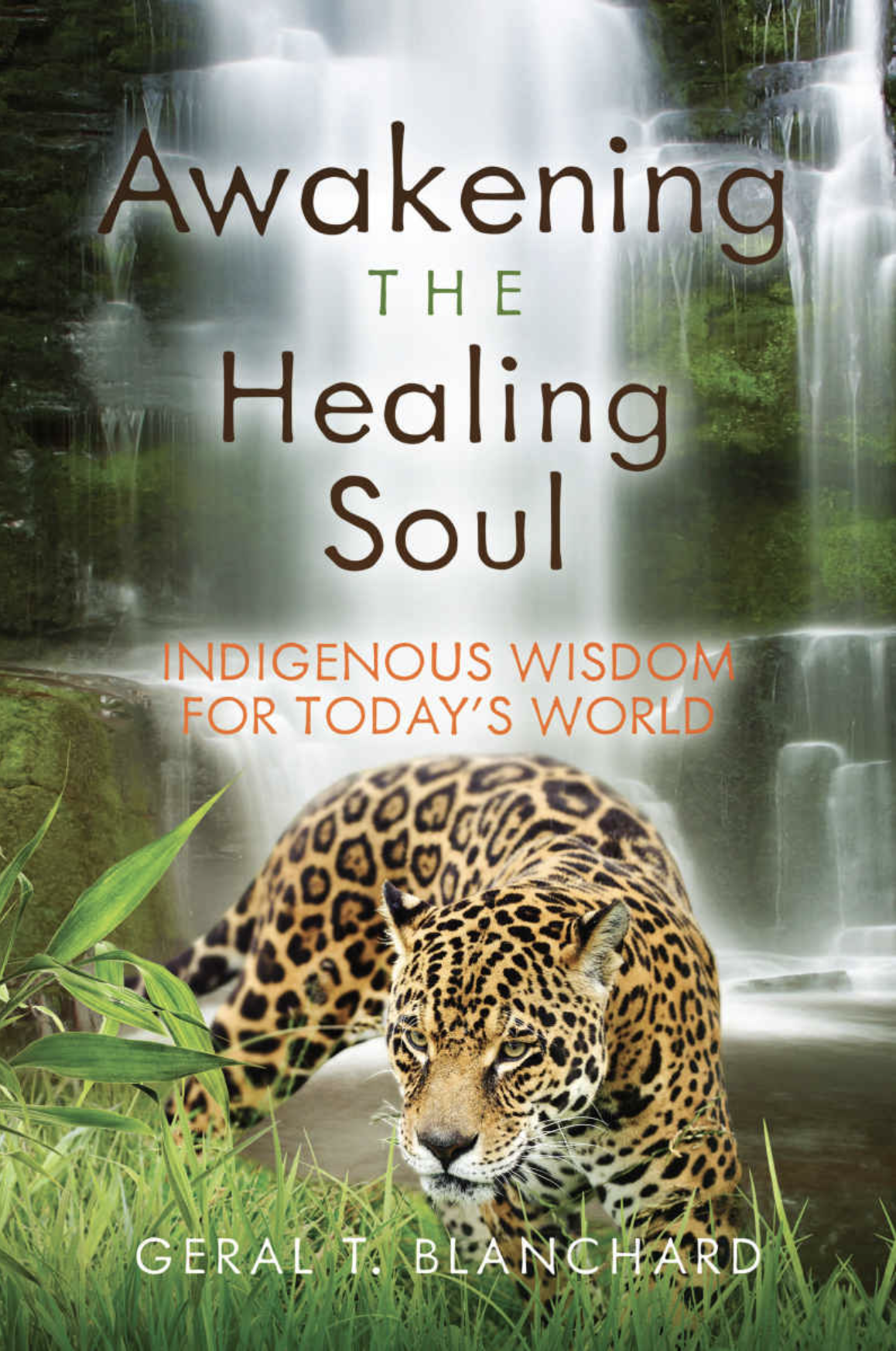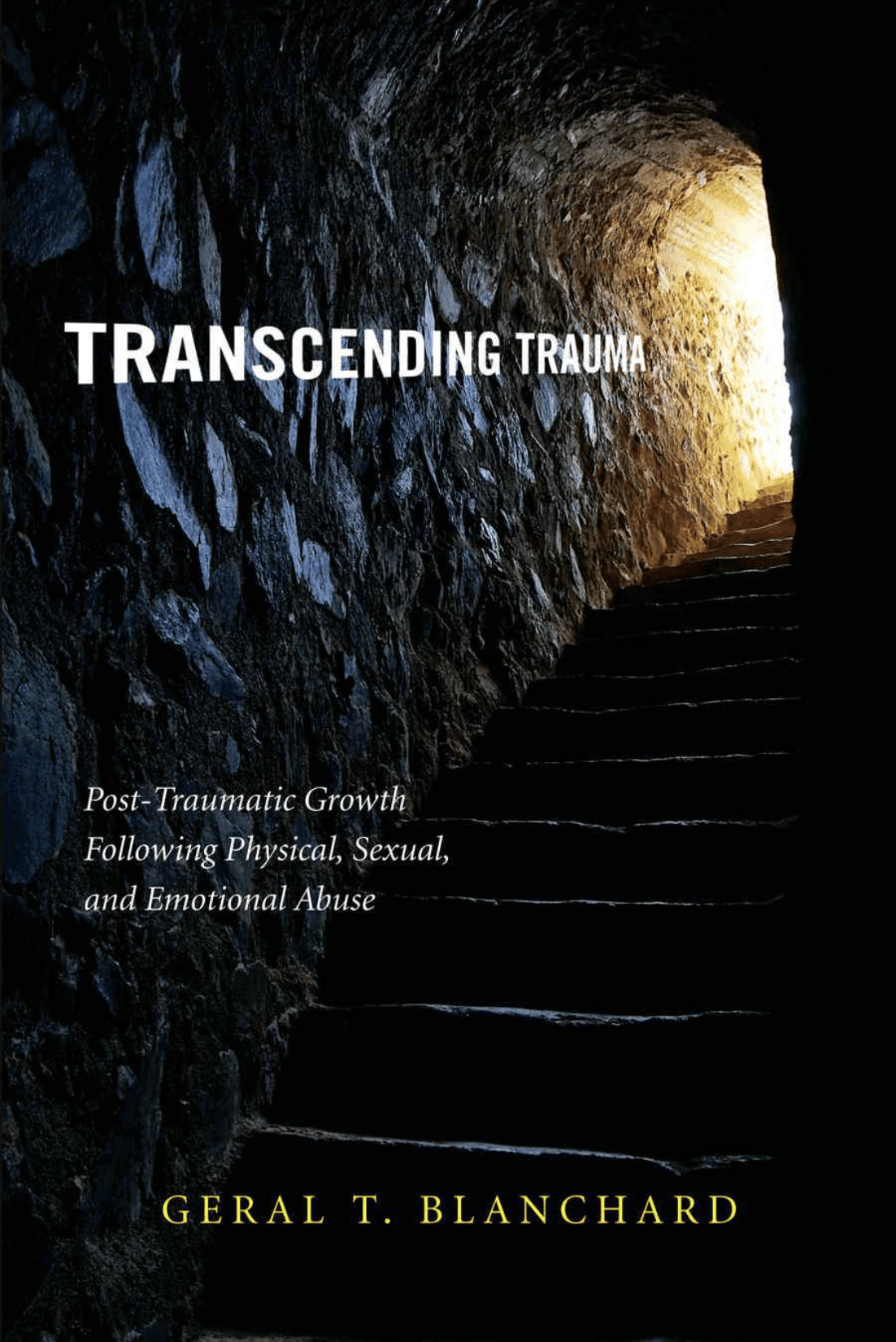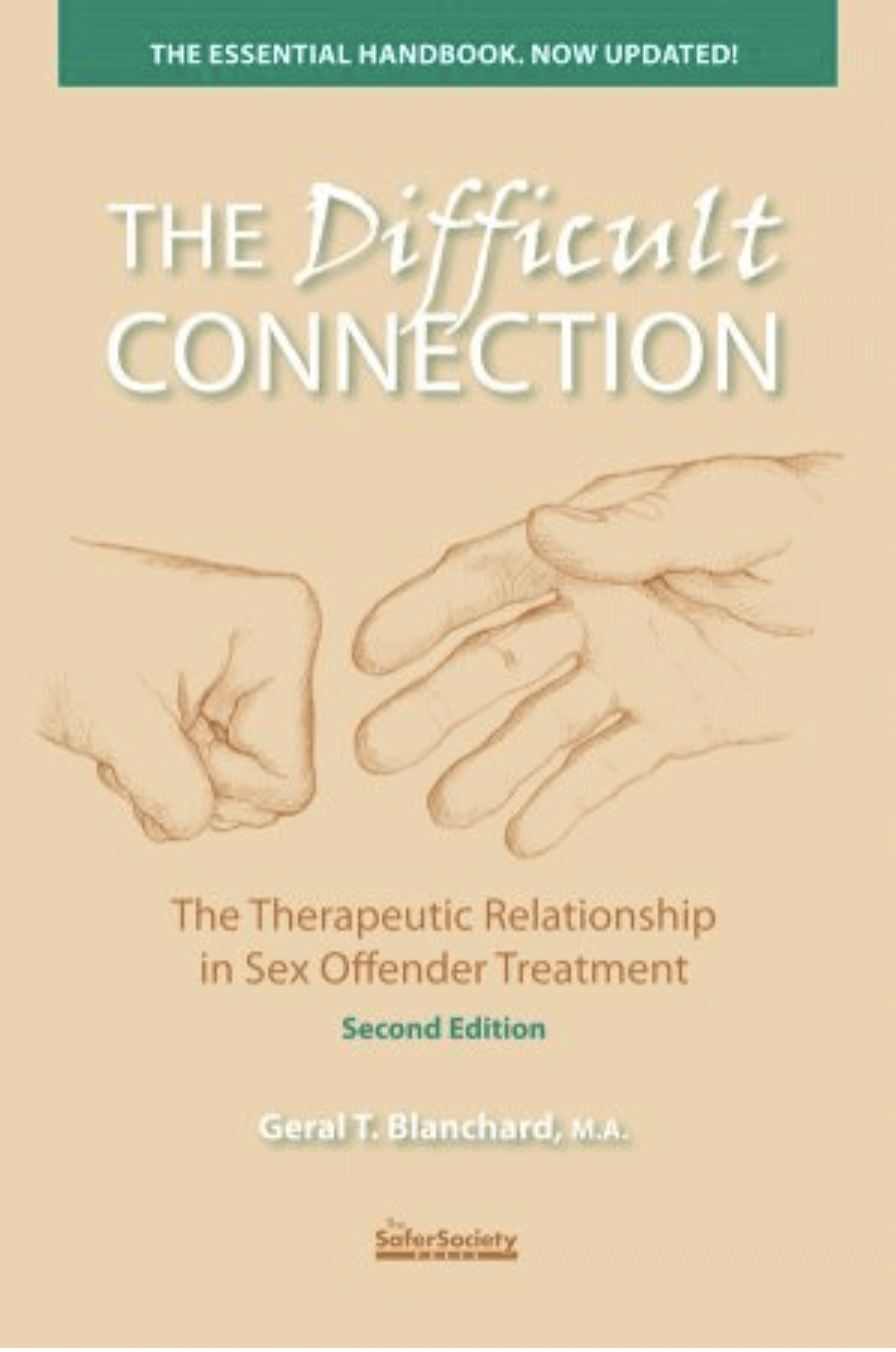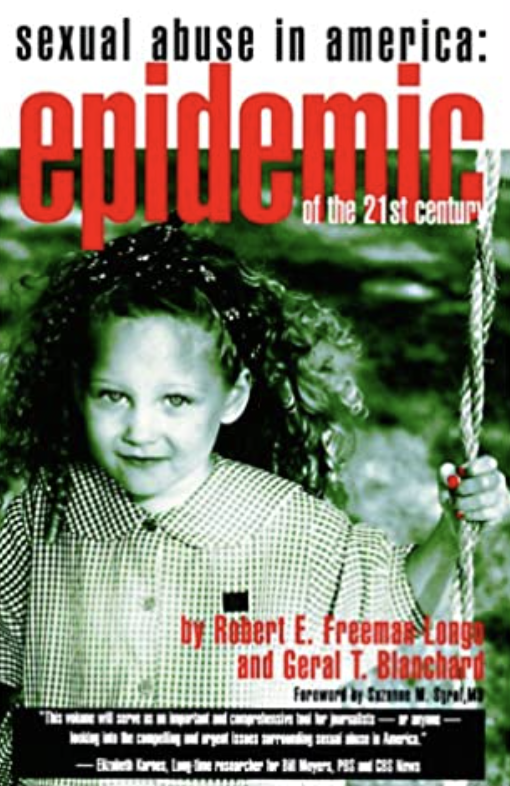Geral Blanchard, LPC, is a psychotherapist who is university trained in psychology and anthropology. Formerly of Wyoming and currently residing in Iowa, Geral travels the world in search of ancient secrets that can augment the art and science of healing. From Western neuroscience to Amazonian shamanism, he has developed an understanding of how to combine old and new healing strategies to optimize recovery, whether from psychological or physical maladies.
Psychology’s Disorders from an Indigenous Perspective
Sometimes we get so busy diagnosing, labeling, and categorizing patients who make us uncomfortable that we don’t have time to look into the mirror and self-examine.
While physicians talk about disease categories – like hardening of the arteries – psychiatrists and psychologists have stopped short of acknowledging their longstanding habit that I call hardening of the categories.
One evening in Montana, just before entering an Ojibwa sweat lodge, a Native American made reference to Lakota heyokas. He told me they were men who spoke and moved in opposite fashion to those around them. Often heyokas were referred to as sacred clowns who used satire and outlandish humor to call attention to important matters – often issues of community ethics and morality. There unique approach stood out from the norm and, in contrarian fashion, challenged even the most sacred members and activities in the tribe. Sacred ceremonies were often ensconced in laughter, and even profanity, always designed to wake people up and challenge them to think differently.
Many Americans were introduced to heyokas via the western television drama, “Longmire.” The local sheriff was savvy to this sideways or reverse way of communicating. So when an elder Native American saddled up backwards and rode up to Sherriff Walt Longmire’s home, it became obvious that an important, although somewhat disguised message, was about to be delivered.
Trained in psychology, I can’t help but wonder if we have lost all our tolerance for
humanity’s different ways of being? Is everything a disorder, disease, or
dysfunction? Must the divergent be contained, drugged, hospitalized, or made
illegal by health care professionals and politicians so as to calm our anxiety. Have
we run out of “normality” with the availability of hundreds of psychiatric labels
that can be assigned to unique ways of being on this planet?
Fortunately Sherriff Longmire, and most Native Americans, understand that
unconventional ways of announcing social problems are often necessary to
command attention. So, it behooves us to learn more about mavericks and
heyokas, decoding or even amplifying their clarion calls of discomfort when and
where it is appropriate.
In the history of psychology and psychiatry we have known our version of attention getters who sometimes came across as odd or strident, but rode into town with some brilliance. Take Thomas Szasz, R.D. Laing, or Jeffrey Masson as examples. In Against Therapy – a challenging book that attacked some of the very foundational principles of psychology – the forward’s first sentence read: “Jeffrey Masson is a troublemaker. Every one of his books has been written to create trouble.” High praise, wouldn’t you say?
In Imagine Ourselves Richly, Christopher Vecsey, director of Native American Studies at Colgate University, beautifully and thoroughly describes the mythography of sacred clowns (heyokas) among the Hopi. At sacred ceremonies the clowns dance backwards, stand on their heads, use inverted speech, or say the opposite of what they mean. They often act incompetent, irreverent, indecent, and will do “politically incorrect” things like ridicule the handicapped, widows, orphans, and visiting priests. They satirize personal and group foibles. Sacred clowns can be excessive, loud, rowdy, sexually lewd, coming across as unbridled eccentrics and individualists when, in fact, their concealed role is the preservation of Hopi society.
So why engage in such outlandish and unappealing ways? To get attention is why! To remind people of how they routinely fall out of healthy ways of conduct. By breaching norms and doing the forbidden – always couched in humor – sacred clowns reveal the ridiculousness and inappropriateness seen in the periodic lapses in community behavior.
Humor drops defenses which opens people up for insights and revelations.
In this manner, the clown’s slyly hold up a figurative mirror which allows messages implying the need for community correction to be digested. By being so bizarre and outrageous, the slightly removed audience, in contrast, can feel somewhat elevated and thereby be more inclined to “clean up their act.”
When people, like mental health professionals, take themselves too seriously and are disinclined to reflect on their laughable (and occasionally harmful) ways, change and growth may be unlikely. Trickster clowns deliberately expose the incongruities between the images of the ideal and the humbling exposure of an often flawed system. They work within the system, defying order and demonstrating exaggerated flexibility, using this approach recognizing subtlety is usually not enough to challenge established hubris and evoke change. By being seriously ridiculous, they attack rigidity, like the propensity for hardening of the categories.
Vecsey wrote: “Hopi clowns act as physicians, therapists for personality, ritual, and society, integrating diverse elements through ribaldry. On an anthropological level, they attack the restrictions and repressions of ordinary society. They personify vitality attacking rigidity. They are the epitome of freedom in a community-minded tribal society, calling into question cultural categories.”
Like Laing, Szasz, and Masson, the Hopi sacred clowns are skeptics and cynics at their best. All three were painfully sensitive and had empathy for the bewildered, misunderstood, judged, and downtrodden. Laing was said to have maintained his defiant personality until his last breath which, as family put it, was the only circumstance under which he would consider a career change. His mission was that important to him.
“Like Freud,” Masson wrote, “…many psychiatrists and psychologists begin their career believing that they are in possession of a special truth.” Hubris rarely fosters deep human connection. However, as most indigenous healers assert, healing -- whether it be from physical or emotional maladies -- is most profound when embedded in relationships of humility and equality. When one person changes, the another walks with them; healing is a community act, a sacred contract.
*********
Other Topics
Basics of MDMA
Rituals and Ceremony
Brain and MDMA
Trauma
Heart
Energy Movement
Quantum Physics
Native Cosmologies
Nature
Spirituality/Enlightenment
Kogi Tribe
Books written by Geral T. Blanchard
More Articles












